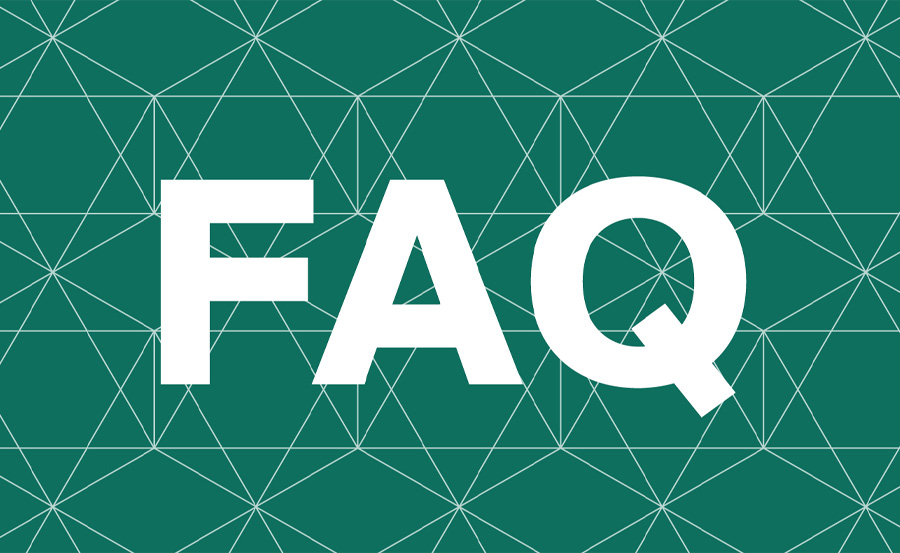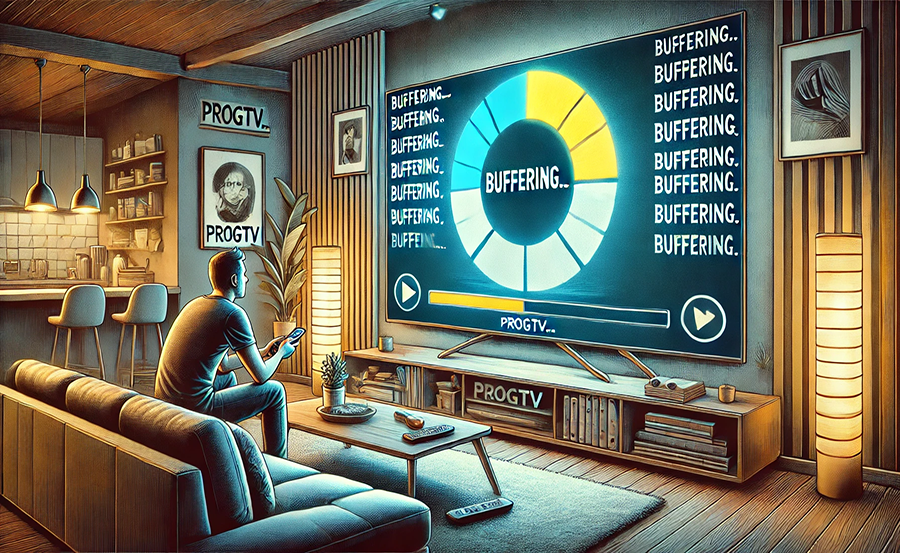Are you tired of endless buffering interrupting your favorite IPTV channels on ProgTV? You’re not alone. Buffering issues can be a real headache, but with the right approach, you can transform your IPTV viewing habits. This guide will introduce you to the best strategies for tackling buffering problems, ensuring a seamless viewing experience every time. We’ll walk you through common causes and practical solutions, so you never have to miss a moment of your favorite programming.
Buy 1 Year IPTV Subscription and Enjoy Unlimited Content
Understanding Buffering: What’s Happening?
Buffering occurs when there’s a slowdown in data loading, causing your stream to pause or delay. This issue can be attributed to several factors, including inadequate internet speed, high server traffic, or device-related problems. Recognizing the root causes of buffering can dramatically enhance your ProgTV experience.
Common Causes of Buffering
Identifying why buffering happens is crucial. Typically, issues are related to:
- Internet Speed: Below-average connection speed can prevent smooth streaming.
- Network Congestion: Too many users on the same network can cause lags.
- Device Limitations: Older devices may struggle with modern streaming requirements.
Inspecting Internet Connectivity
Before concluding that your IPTV service is at fault, check your internet connection. It should be reliable and speedy. Here’s how:
- Run a speed test to check if it meets the minimum requirements for streaming.
- Try connecting directly through an ethernet cable for a more stable connection.
- Reset your modem or router to resolve minor connectivity issues.
Optimizing ProgTV Settings
ProgTV offers customizable settings that can help reduce buffering.
Adjusting Resolution and Bitrate
Lower the streaming resolution or bitrate if your network struggles with higher settings. This change can make a significant difference in performance:
- Access ProgTV settings and locate the video quality options.
- Select a lower resolution or bitrate to allow smoother streaming.
Clearing Cache and Redundant Data
Over time, your device might store unnecessary data, slowing down performance.
- Regularly clear your device’s cache and browsing history.
- Check for any updates for ProgTV or your device’s firmware that might optimize performance.
Choosing the Best IPTV Service Providers
A reliable IPTV service can also minimize buffering risks. When selecting an IPTV provider:
What to Look For
Ensure your provider offers:
- High-speed streaming with less buffering.
- Excellent customer service for issues that may arise.
- Positive reviews from other users highlighting performance and reliability.
Understanding the Role of IPTV Resellers
IPTV resellers act as intermediaries between the service provider and customers. They can offer competitive pricing and packages tailored to your needs. However, always research their credibility before making a purchase.
Troubleshooting Device-Specific Issues
Your device plays a significant role in how IPTV content is streamed. Older models might not support higher quality streams efficiently.
Updating Device Software
Keep your device’s software up-to-date. Manufacturers regularly release updates that can enhance performance and security.
Checking Device Specs
If your device fails to meet the technical requirements for smooth streaming, consider upgrading to a newer model that can handle quality IPTV streaming seamlessly.
Enhancing Your Home Network
For optimal IPTV viewing, a robust home network is essential.
Router Placement and Configuration
Ensure your router is positioned in a central location, away from walls and obstructions. Consider elevating it to enhance signal distribution. Wi-Fi extenders can also boost signal reach throughout your home.
Network Traffic Management
Limit the number of devices connected to your network while streaming. Implement Quality of Service (QoS) settings to prioritize IPTV traffic, reducing delays and buffering.
A Human Touch: Staying Patient and Persistent
Solving buffering issues may require patience. It’s an iterative process of testing and adjusting settings. Persevere, and you’ll find the right balance for your setup.
Mistakes to Avoid
Don’t rush into switching providers if you experience buffering. First, ensure all other potential causes are thoroughly checked and resolved.
Stay Updated with Industry Trends
The IPTV industry is evolving, with new technologies emerging regularly. Staying informed ensures you’re ahead of any issues, providing a consistently high-quality streaming experience.
FAQ Section

What is the minimum internet speed required for ProgTV?
An internet speed of at least 5 Mbps is generally recommended for standard definition. For high definition, at least 10 Mbps is suggested.
Can buffering be completely eliminated?
While you can significantly reduce buffering, it’s challenging to eliminate it entirely due to various potential bottlenecks, including network issues and server load.
Are free IPTV services reliable?
Free services often lack the infrastructure needed for reliable streaming, which can result in frequent buffering and lower quality content.
How often should I update my ProgTV app?
You should install updates as they become available. Regular updates can include performance enhancements and bug fixes that improve stability and reduce buffering.
What role do VPNs play in IPTV streaming?
A VPN can offer privacy and security while streaming. However, it might also slow down your connection, contributing to buffering if not configured properly.
The Ultimate Guide to Setting Up IPTV Smarters




